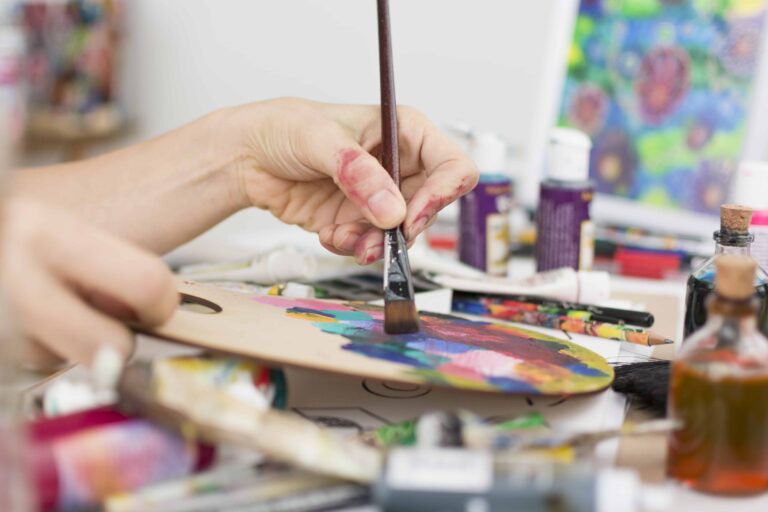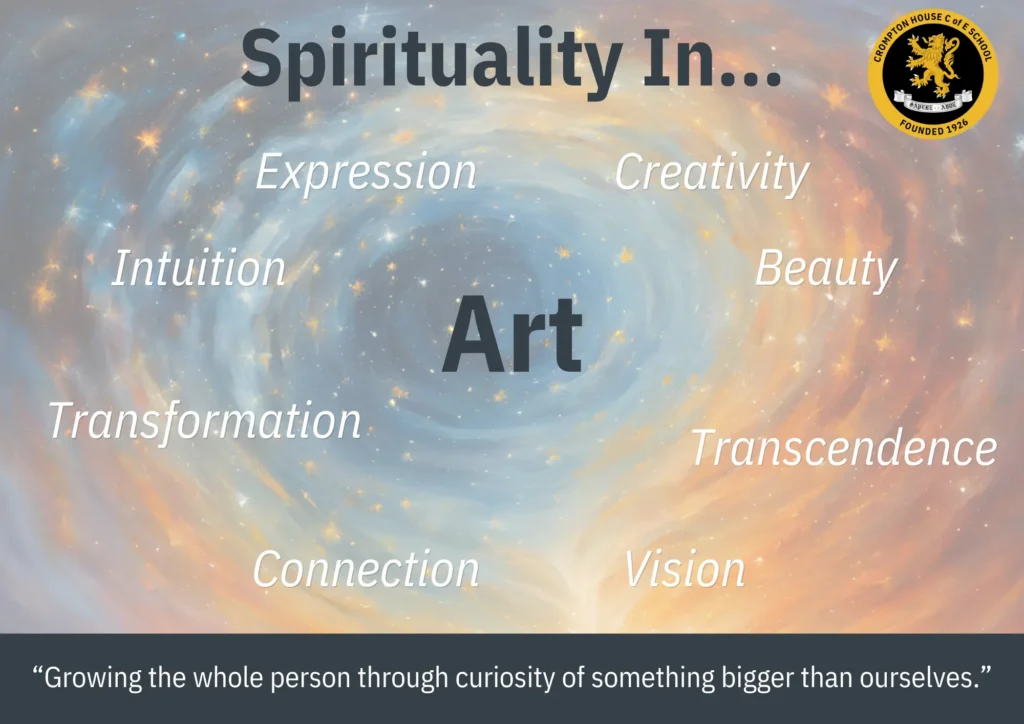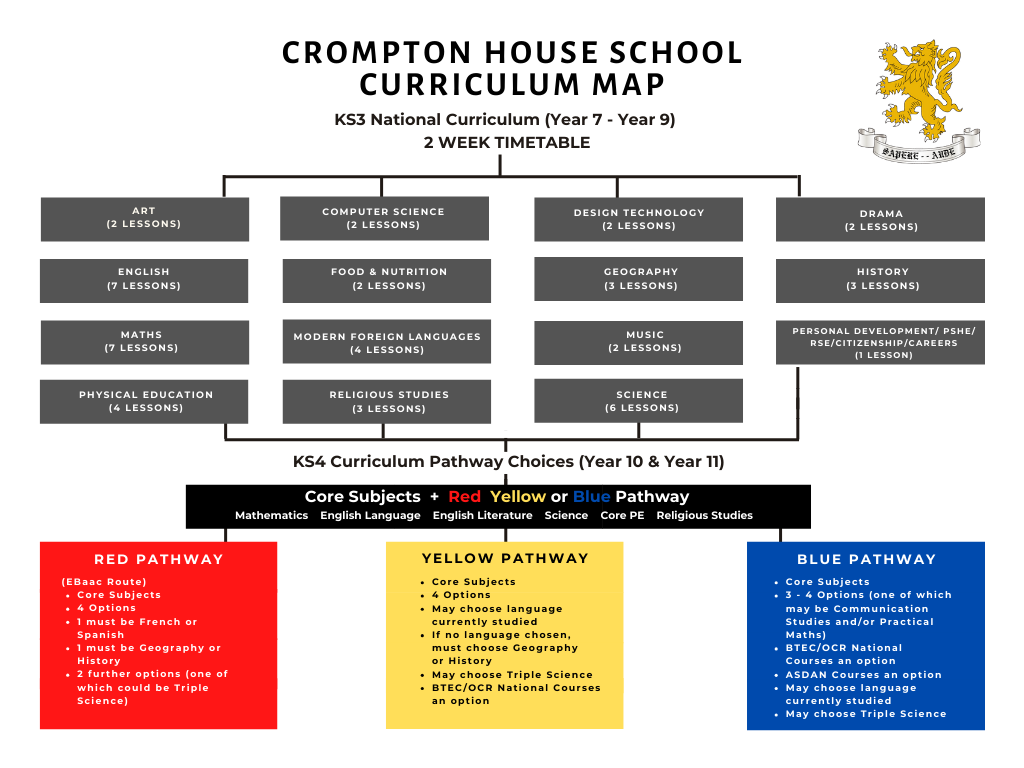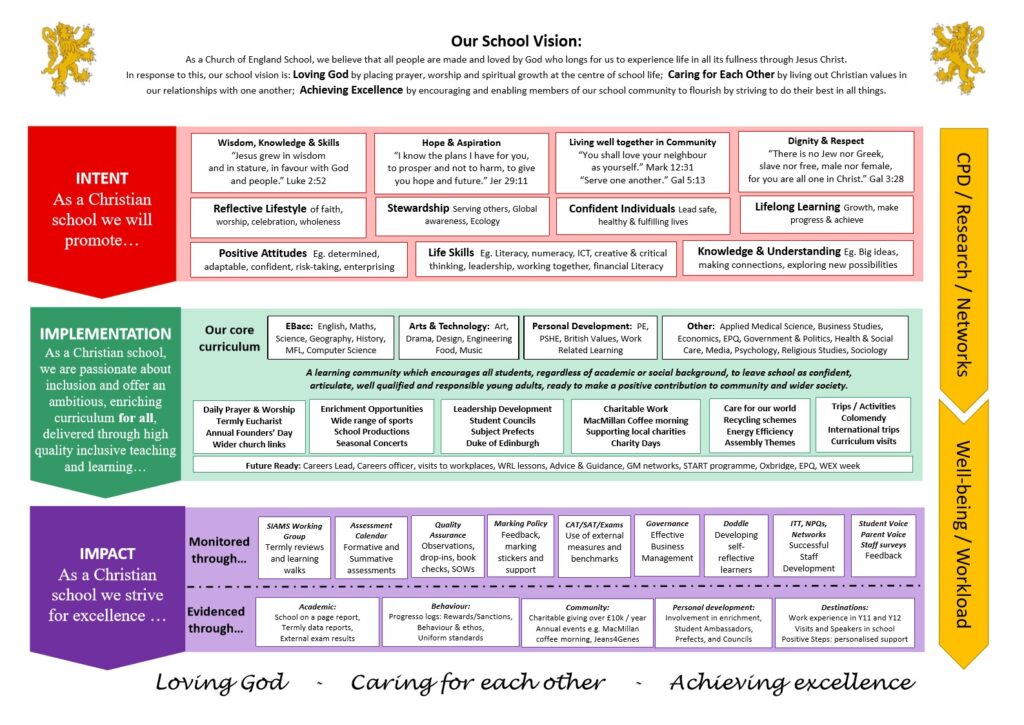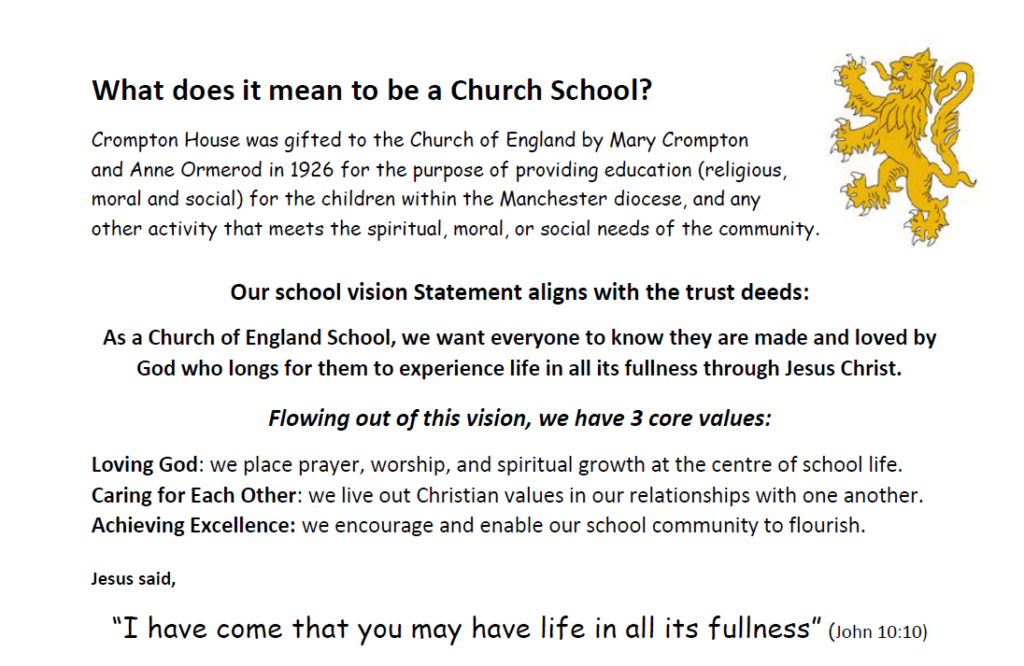Art
In Art, pupils will be taught:
- to use a range of techniques to record their observations as a basis for exploring their ideas.
- to use a range of techniques and media, including painting.
- to increase their proficiency in the handling of different materials.
- to analyse and evaluate their own work, and that of others, in order to strengthen the visual impact or application of their work.
- about the history of art, craft, design and architecture from ancient times to the present day.
- to work reflectively in making creative decisions.
At Key Stage, 3 students will develop a range of skills using various media, demonstrating technical skills including drawing painting, printing, mixed media. They will be able to understand the formal elements within Art demonstrating an understanding of line, shape, tone and colour. They will be able to talk about and describe the work of historical and contemporary artists. Students will be able to make informed choice about the media, techniques and processes of their own work.
At Key Stage 4, students will be encouraged to develop a deeper understanding of the work of others and their own artworks. Students will be able to independently plan, prepare and present. They will use and evaluate a greater range of media and techniques, showing an independent and reflective journey.
At Key Stage 5, pupils will become deeper thinkers empowered by their own and others work. They will have a reflective understanding of moral, cultural and social issues. Confidence will be built by speaking and presenting their work to others; thus, developing self-esteem and a passion for the subject. Students will pursue best practise by realising their strongest artistic outcomes; ultimately setting them up for higher education and a prospective career in the arts.
Art education develops critical and creative thinkers. It also enhances performance in non-arts academic subjects and strengthens pupils’ academic motivation, self-confidence and ability to communicate and co-operate effectively.
Impact is measured through a range of formative and summative assessments, as well as regular marking and feedback. The pupils’ art books demonstrate progression and include thoughts, ideas, processing and evaluation of work. Class discussions and analysis of their artwork and their peers support the evaluation and feedback process and also develops oracy.
